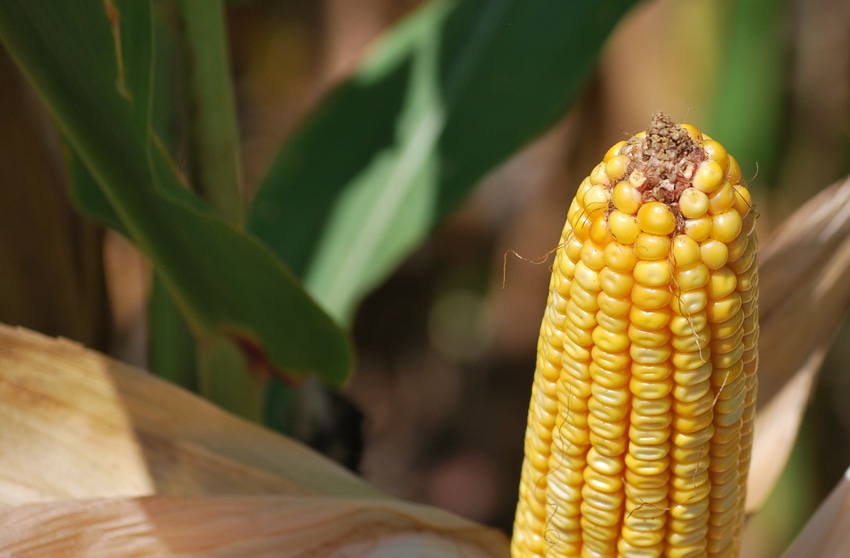February 7, 2018

With 311 million acres enrolled in the system, 2017 was a historic year for crop insurance. For perspective, that’s an area roughly the size of California, Texas and New York combined.
Insurers backed more than $106 billion worth of crops in 2017, up $6 billion since 2016. And farmers paid $3.7 billion out of their own pockets for insurance protection – a more than $250 million increase from the year before, said Mike Day, chairman of National Crop Insurance Services, during the industry’s recent annual meeting.
“Today, crop insurance protects around 90 percent of the insurable land and more than 130 different kinds of crops,” said Day in a prepared statement, who also heads Rural Community Insurance Services for Zurich North America. “Congress made crop insurance the cornerstone of farm policy, and it is important not just for farmers and rural communities, but for taxpayers and consumers alike.”
Despite its popularity, some farm policy opponents are angling to cut crop insurance funding in the upcoming Farm Bill debate.
Day said that would be a mistake, pointing out Congressional efforts to make crop insurance affordable and available for farmers and economically viable enough to encourage efficient private-sector delivery.
“Interrupt any of those three pillars, as some farm policy critics are advocating, and you undo all the progress that has been made over the past three decades,” he noted.
NCIS President Tom Zacharias echoed Day’s comments and encouraged agriculture to work hand-in-hand during the Farm Bill to defend farmers’ primary risk management tool. He also urged his colleagues to maintain their vigilance in providing superior customer service and coordinating with the U.S. Department of Agriculture.
“Farmers must continue to realize the economic value of today’s crop insurance system and have confidence that both government and the private sector are committed to its continued success,” Zacharias concluded.
About the Author(s)
You May Also Like






